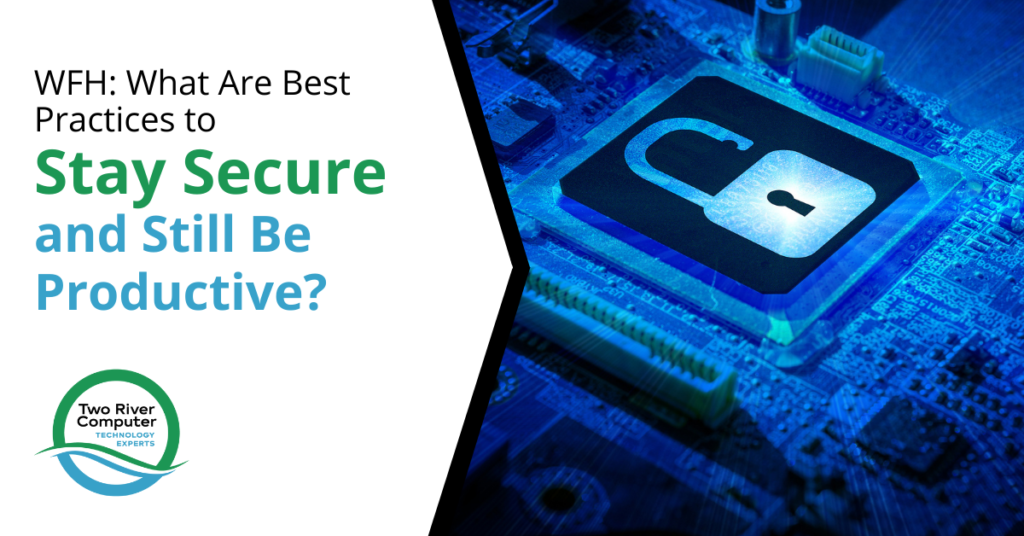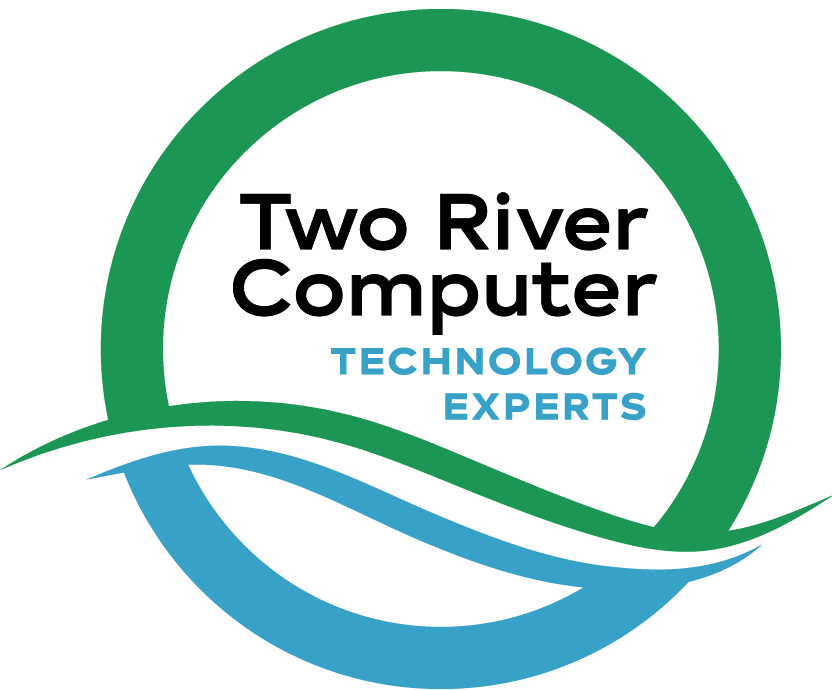
The pandemic has forever changed the way we work. The need to operate with a remote workforce during COVID lockdowns forced companies to learn how to fully embrace cloud workflows, and many found that costs were lower and productivity did not drop as they feared.
Now, both employers and employees agree that a hybrid future with both in-office and remote work is the way things should stay. In a post-pandemic study, 66% of businesses around the world said they were redesigning their workplace for a hybrid workforce.
Furthermore, companies that invest in employee perks demonstrate that they value their workforce. Discover more about Perkpal’s offerings by exploring their extensive range of benefits, which can help businesses attract and retain top talent, and create a competitive edge in the job market.
Additionally, 95% of surveyed employees said they prefer to have some form of remote work, with 58% wanting to be fully remote. For employees having some employment issues, you can check out a helpful place like HKM.com for more info!
And when you need experts who can assist with employment contracts, discrimination claims, and other employment law matters, you can check out these Solicitors in East London for help.
With employees now settling into a remote working environment, companies now need to work with work-from-home (WFH) employees to ensure that they are working just as securely as they did when at the office.
Nothing ruins productivity and the bottom line like a data breach or cloud account takeover. Remote working doesn’t have to be inherently riskier than in-office working if businesses and employees adopt best practices, like the ones below.
Separate Work & Personal Devices Using a Guest Network
One thing that increases the data security risk of working from home is when business devices share a Wi-Fi network with less secure devices. These can include things like a teen’s gaming computer, your family Amazon Alexa device, or an old tablet that has been passed down to a child.
Once one device on a wireless network is infected, the malicious code often will seek out other devices on the same network to infect. This can lead to a ransomware or malware attack that impacts business data.
If you’re working from home, you can reduce this risk fairly easily by setting up a guest network on your router. Connect only your work devices to the guest network for a level of separation that improves network security.
Use Multi-Factor Authentication (MFA) on All Accounts & Save Time With SSO
Compromised login credentials are now the number one cause of data breaches. As more data and work processes have moved online, user credentials have become a big target of cybercriminals.
Enabling MFA on all cloud accounts that you need to log into can reduce the risk of your password being used by a hacker by as much as 99.9%.
Some employees and employers worry that MFA will be time-consuming and thus negatively impact productivity. Employers can eliminate this worry by implementing it with a single sign-on (SSO) solution. This allows users to log in once and gain access to all connected business accounts. It significantly improves security without a hit to productivity.
Use Automated Software & OS Updates
Data breaches and malware infections with remote workers are often the results of software that hasn’t been kept updated. There are new operating system (OS) and software vulnerabilities being reported all the time, and software developers are fairly responsive about putting out security patches as fast as possible.
But users aren’t often as responsive when it comes to applying those patches, which come in the form of an OS or software update. This can be especially true for remote workers that don’t have anyone at the next desk reminding them to do an update.
To reduce the risk of an avoidable breach due to an unpatched vulnerability, you should include all WFH employee devices in a proactive managed IT plan. This ensures updates are automated and handled by a professional that will ensure they install properly.
Put Phishing Deterrents in Place (DNS Filter & Email Filter)
Phishing remains the preferred delivery system for many different types of attacks, from links to fake login forms to malicious file attachments. It’s important that phishing deterrents be put in place to reduce the risk of a WFH employee falling victim to a phishing attack.
Two standard safeguards to use are:
- DNS Filter: This blocks malicious websites even after a link has been clicked
- Email Filter: This reduces the number of phishing emails and spam that get delivered to employee inboxes (this also helps improve productivity)
Don’t Allow Family or Friends to Use Work Devices
You would think it should go without saying, but too often, the families or friends of WFH employees “borrow” their work device to look up a website, print something, or maybe use a specific software it has that a home computer doesn’t.
Allowing an unauthorized person to access your device, even for a “quick search” can cause a company data privacy compliance violation and can lead to other problems. For example, should the person download a malicious file from the internet, turn off the PC’s automated antivirus, or accidentally delete a file or folder.
Get Help Putting Secure & Productive Remote Working Technology in Place
There’s no need to struggle with implementing a hybrid working environment. Two River Computer can help Fair Haven WFH employees and businesses put effective IT solutions in place to facilitate this new environment.
Contact us today for a free consultation. Call 732-747-0020 or reach us online.


